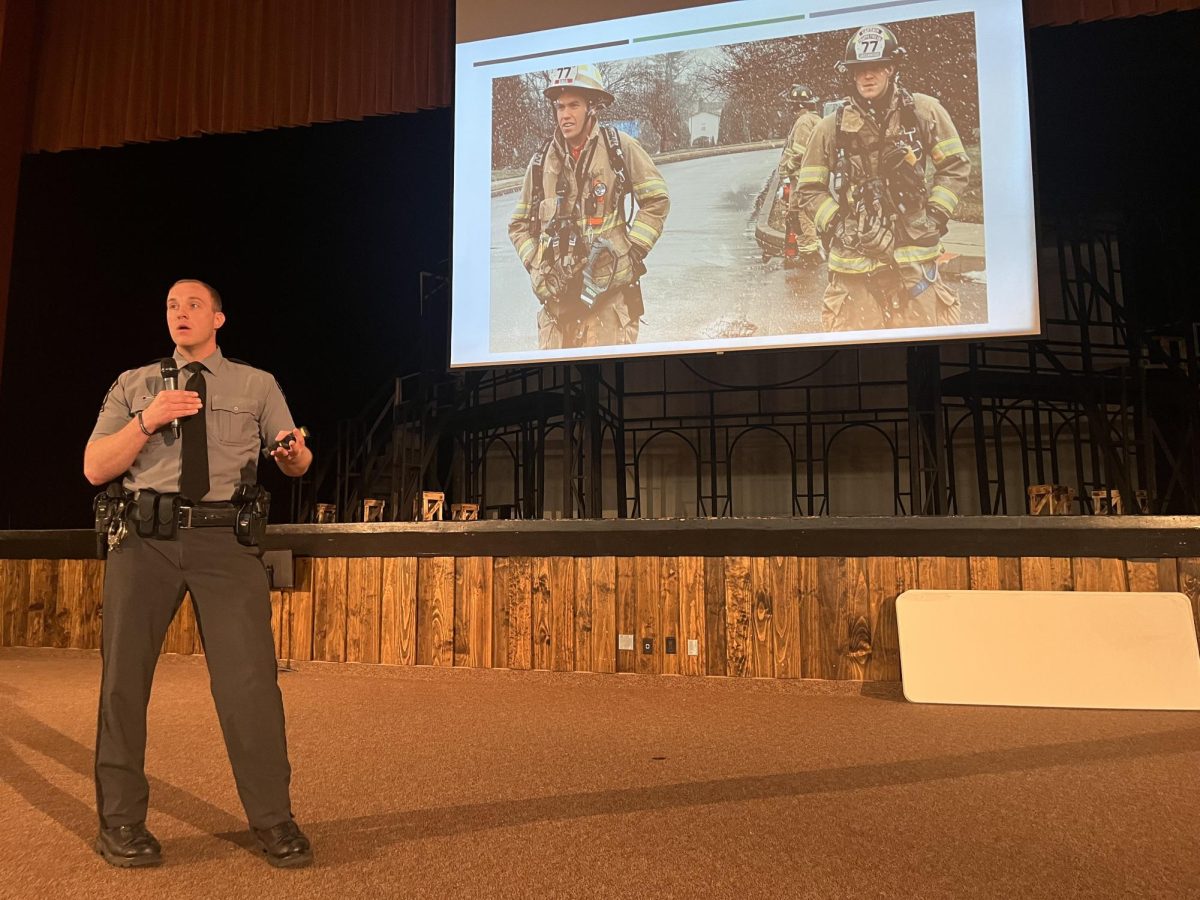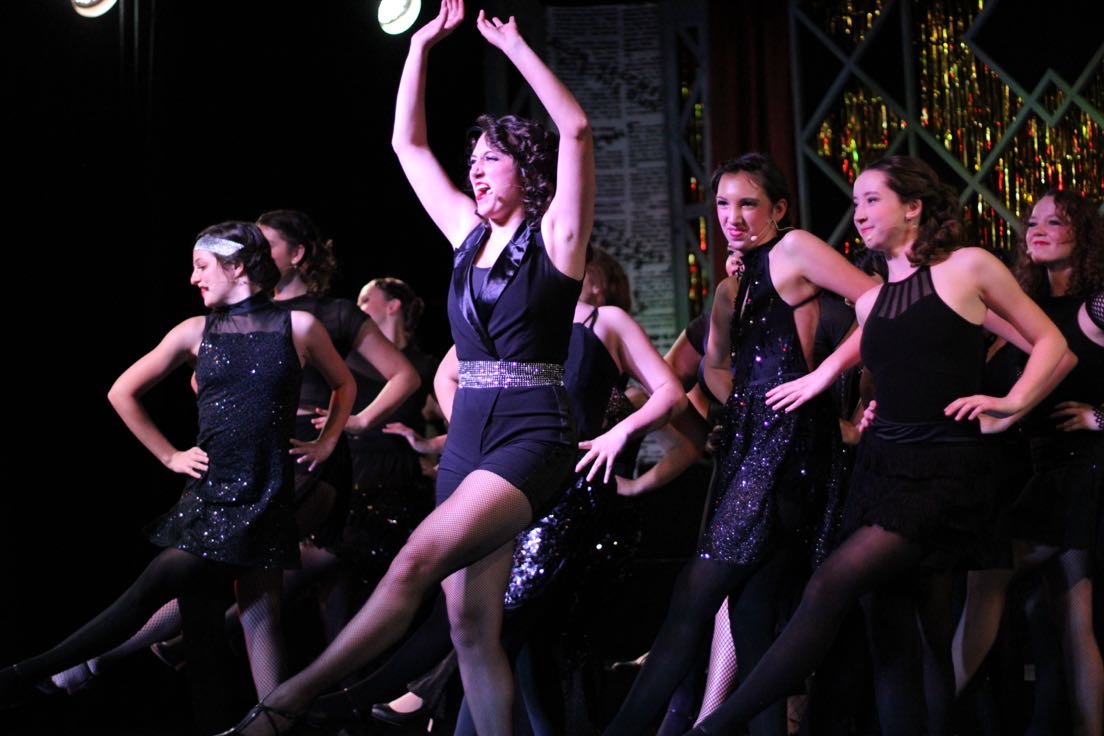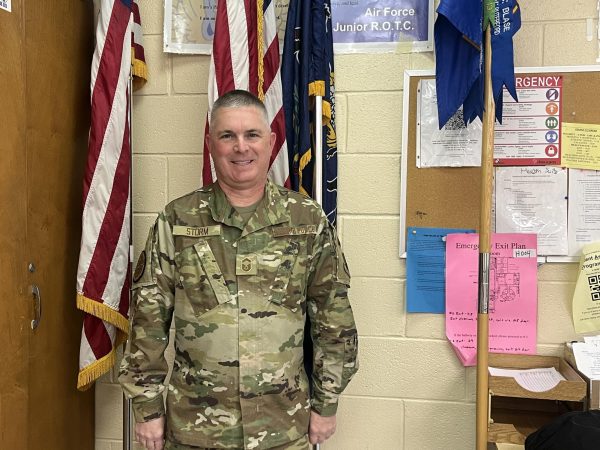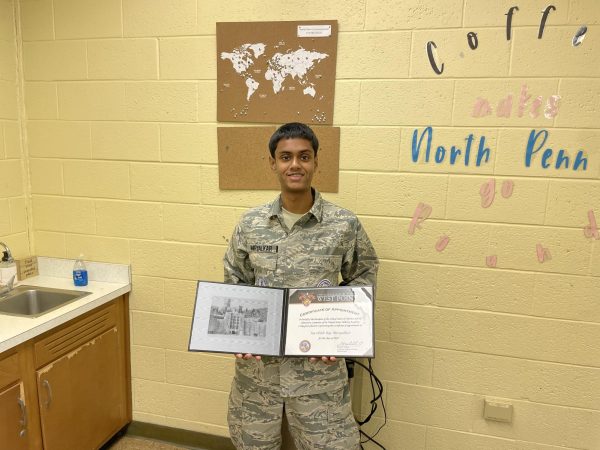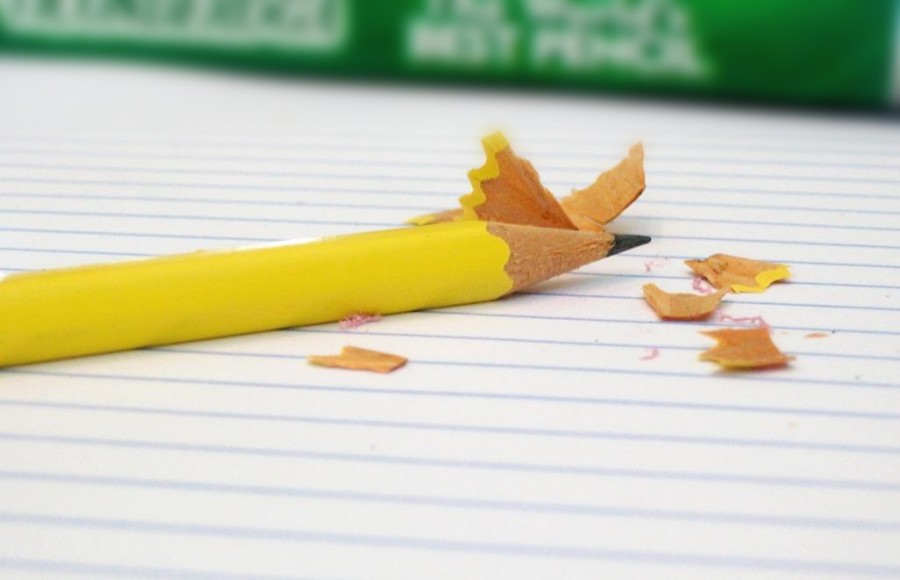American students have been hearing for years that their test scores consistently falter in comparison with those of hypercompetitive countries in Europe and Asia, so it’s no surprise that the results of the 2012 Program for International Assessment (PISA) Exam places the US far behind these top achievers. The United States clocks in at approximately 26th in math, 17th in reading, and 21st in science, ranking significantly below countries that typically dominate academically – countries like China, Singapore, and Hong Kong. Creating the most buzz this year, however, was Finland, which performed at a competitive level with Asian “pressure-cooker” education models. Americans have accepted for years that their students can hardly compete with the kind of dedication evident in these eastern countries, but Finland’s schooling system, an entirely different ballpark, has made waves among Americans everywhere. With Finland’s success, educators in the US are forced to ask the big questions about our floundering test scores: if Finland can succeed, why can’t we?
The answer is naturally a complicated one, and it lies in no single differing factor. For one, Finnish teachers are better educated and better respected in their profession, attending selective universities, many with about the acceptance rate of the United States’ Georgetown or UC Berkeley, and participating in programs as rigorous – and prestigious – as an American medical school’s. Meanwhile, Finnish students are all educated at the same level and generally receive more academic freedom and individual attention. In general, scholars seem to value education more highly than Americans do, a discrepancy which can most simply be attributed to a greater cultural emphasis on the importance of receiving a good education. However, attitudes alone cannot ensure educational success: in Finland, as in many other academically competitive countries, this mindset is reflected by the noteworthy absence of what most Americans would consider vital parts of the traditional educational experience – namely sports and extracurricular activities.
In comparison with momentous issues like teacher training and education techniques, a lack of extracurricular activities may seem to be of negligible importance. But upon examining many of the top-achieving countries on international tests like the PISA, one would find that a vast majority have nowhere close to the kind of emphasis the United States places on school-sponsored sports teams, clubs, and activities. Schools are, logically enough, reserved for academics, whereas students rely on club and community teams and organizations for any extracurriculars they may want to pursue. Even so, without school sponsorship and glorification, sports and activities simply don’t have the importance of their American counterparts.
The trend is inevitable: top academic countries tend to have far less emphasis on non-educational activities than the US. Naturally, the question arises whether or not American schools should consider imitating these academics-centric policies in order to potentially raise test scores. Among the myriad of studies and statistics analyzing this dilemma, one notable – and unintentional – experiment has already been underway right on our doorstep. Writer Amanda Ripley discussed this atypical circumstance with host Michel Martin in an interview with NPR, who described her research on “a rural school district in Texas that was…on the verge of being closed both for financial mismanagement and for academic lack of achievement…[T]he superintendent there made what was considered a radical decision to shut [down] the high school sports program so that he could reprogram those dollars to other things, but he noticed a number of other things. He said that behavior in the classroom improved; there were fewer fights. There was more sort of student engagement.”
A decision like this would be a radical one at most typical American schools, but in the face of desperation, Premont Independent School District, the district in question, was forced to prioritize and recognize academics as their schools’ main purpose. Even with the aforementioned benefits aside, Ripley pointed out the purely financial logistics of dethroning the sports program.
“What that superintendent did, which no one had thought to do before, was to sit down and actually add up the cost, financial and actually mental, of sports, and he found that they were spending, in this little tiny town, $1,300 per football player each season and $618 per math student,” Ripley explained in her NPR interview.
An undeniable financial reality, this discovery sheds some light on what some people deem could be a confused state of priorities in American schools. If education is their primary goal, why are sports receiving fiscal priority in some schools?
Fincancial inequity is by no means the rule for American education, however. Though few would deny that sports funding in the case of Premont Independent School District constitutes gross financial favoritism, many would argue that sports and activities are too valuable to a student’s overall academic experience to be removed from schools unless absolutely necessary. North Penn Guidance Counselor Patrick Brett vouches for the value of a varied educational repertoire, arguing that falling test scores are a product of factors other than outside-school activities.
“I feel that the benefits [of extracurricular activities] absolutely outweigh the disadvantages. Are there some students who get too involved or focus on one extracurricular activity too much and let their academics suffer? Yes, but for every one of those students, we have twenty students who are able to be successful and balance their schedules. I do realize that the U.S. is ‘falling behind’ on international exams, but I do not think that it is [because of] the emphasis that High Schools or NPHS puts on extracurricular activities. I feel that it starts at the top. It is our society and who we see as the role models. We ‘adore’ actors, athletes and music artists and do not give enough attention to the doctors and scientists trying to find the cure for cancer or people who win Nobel Prizes.”
Brett also cites a variety of beneficial effects which make athletics and extracurriculars worthwhile for students, arguing that outside-school activities foster social skills, personal talents, and college acceptance and scholarships.
“You can meet people that you may not have met; you can meet people who are not like you, which could open your eyes and mind to other viewpoints and also diversify your thinking…[Activities are] a way to do something that you love and that you are very good at to showcase your talents to your friends, classmates, teachers, and the NP Community,” said Brett. “Colleges love to see a well-rounded applicant…and some of them can offer scholarship money for students who excel in [a] particular activity.”
In the opinion of North Penn Activities Director Bill Bartle, the solution to falling test scores is undoubtedly “increasing rigor.”
“I think when you challenge students, no matter what level they are…they like the challenge and they typically succeed,” said Bartle. “I think sometimes we’re afraid of challenging students, because we’re afraid that they may not succeed and because of the repercussions of that. It’s just like athletics and extracurricular activities: they challenge all students; if they fall down, they’ve got to get back up.”
The answer to the American educational woes is not immediately clear, and perhaps it never will be: after all, each student is unique in his or her learning style, and one sweeping reform will likely never solve all of our academic problems. However, the concept that every student requires different proportions of education and outside involvement is an important lesson in itself.
“There are certain individuals who can handle participating in various extracurricular activities and succeeding very well in academics…There are other students who [extracurricular activities] may have a negative impact on,” said Bartle. “But I think many times we should be asking the students the questions.”


